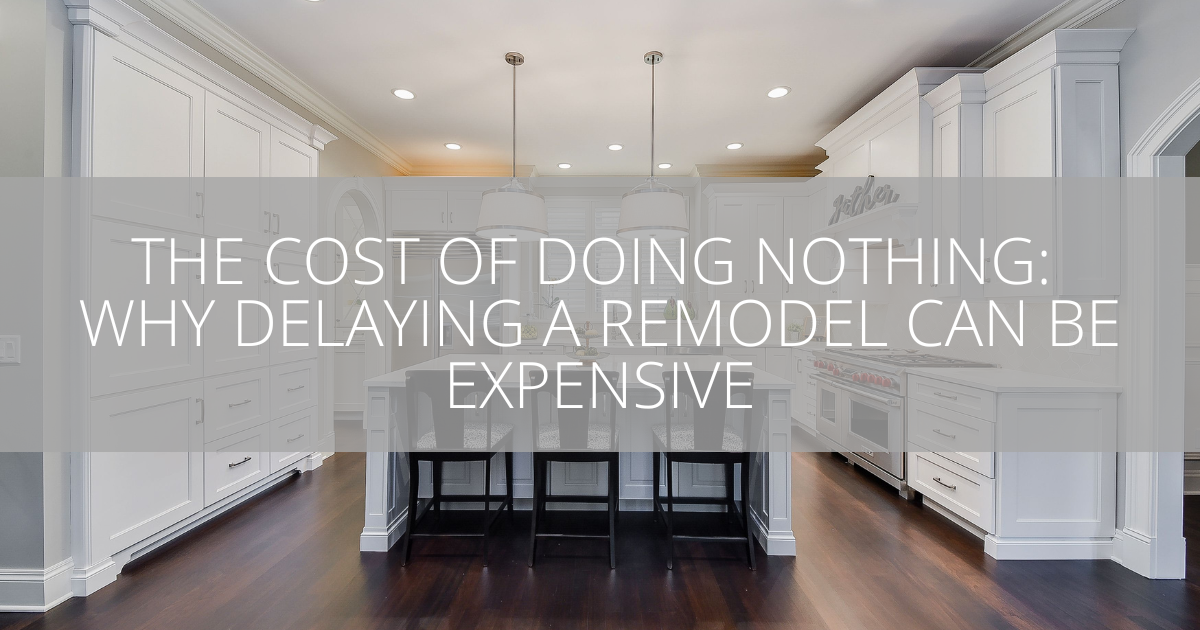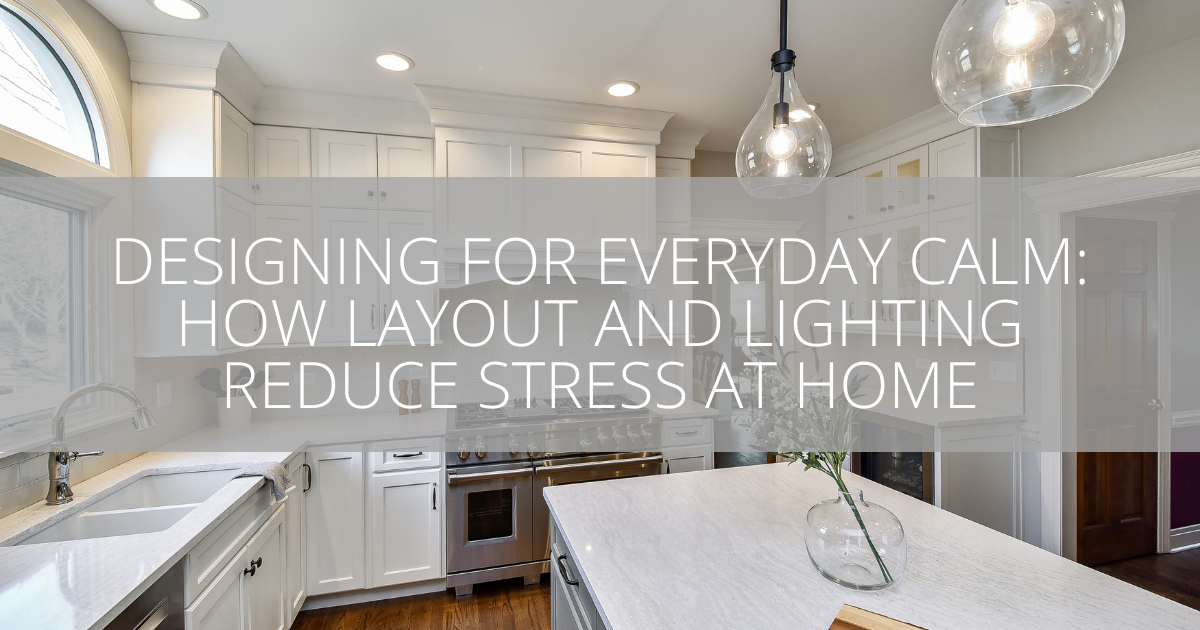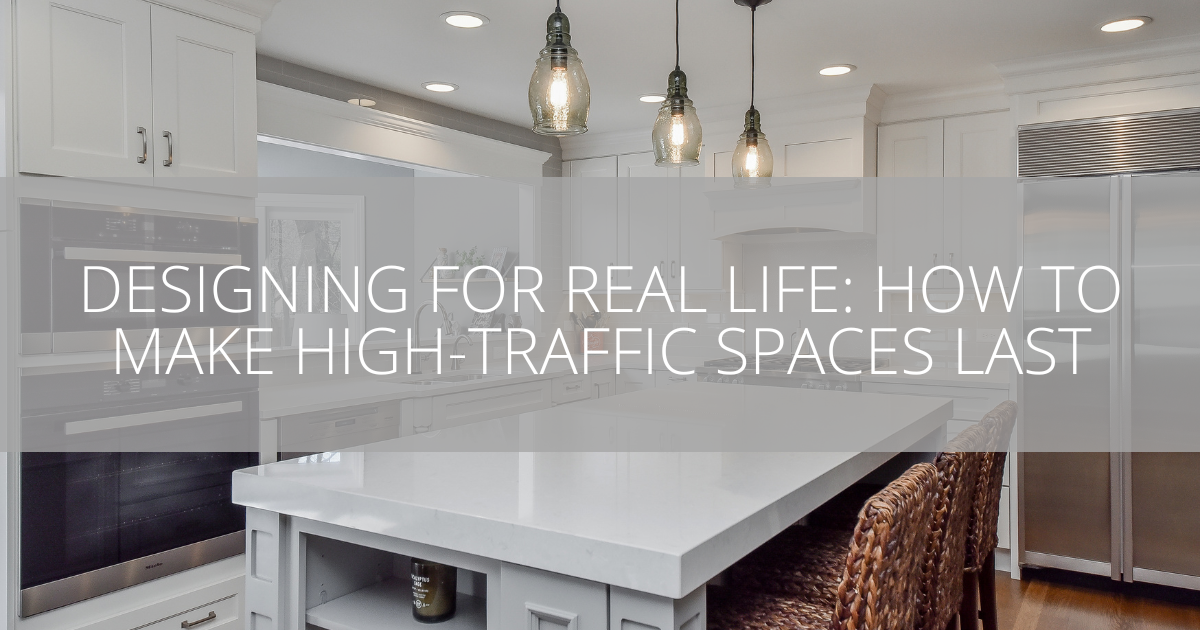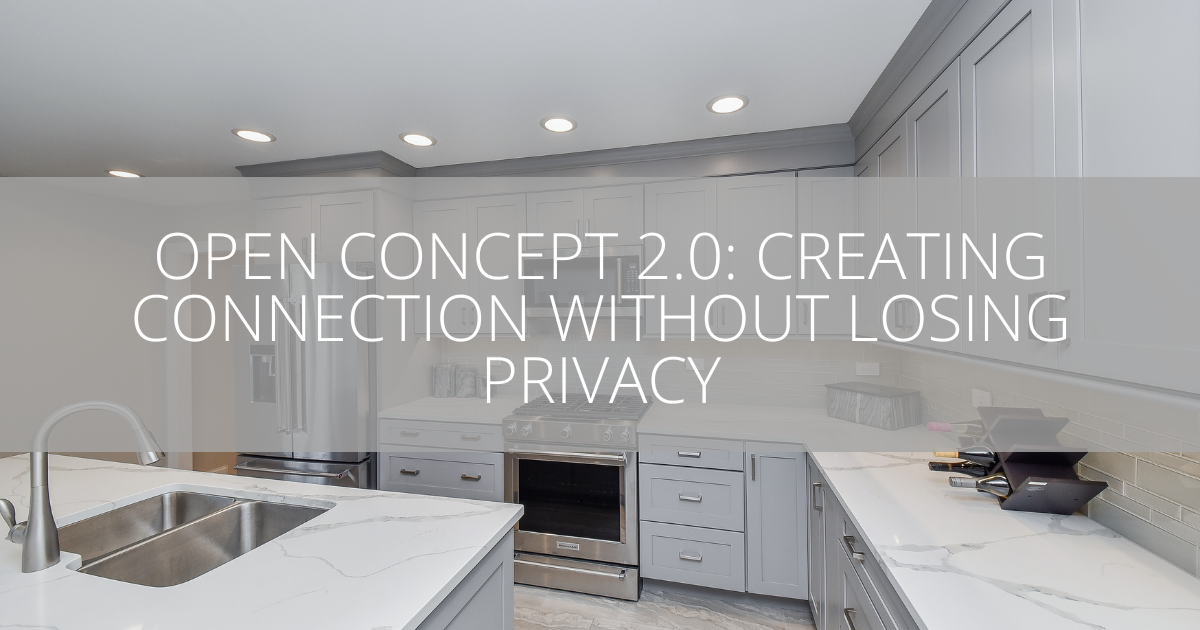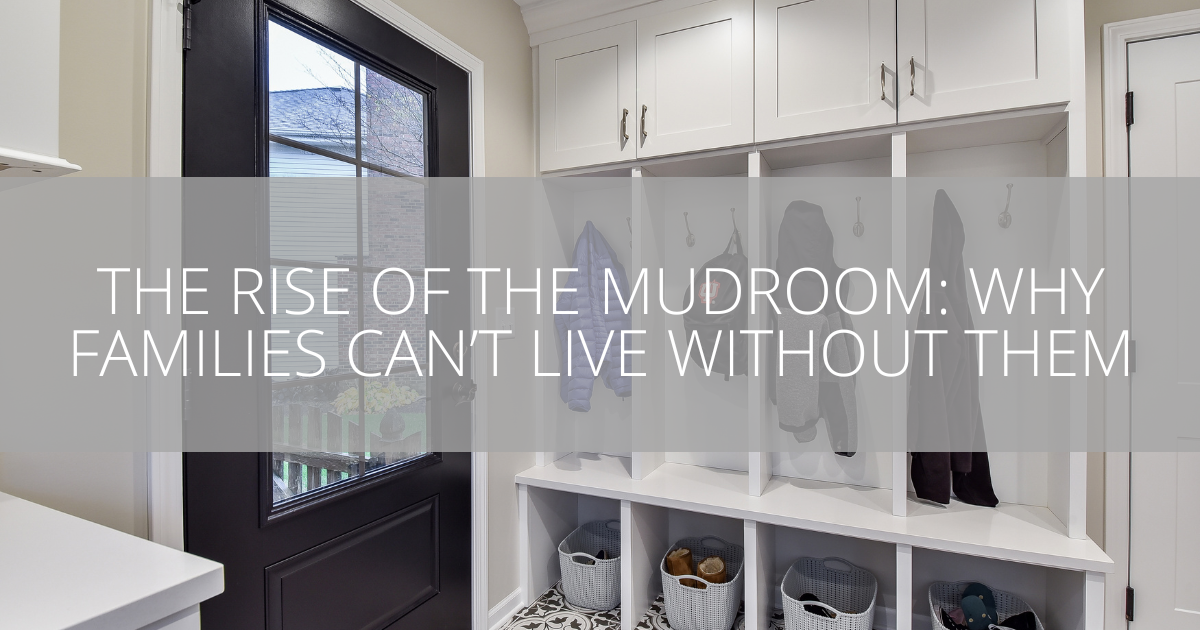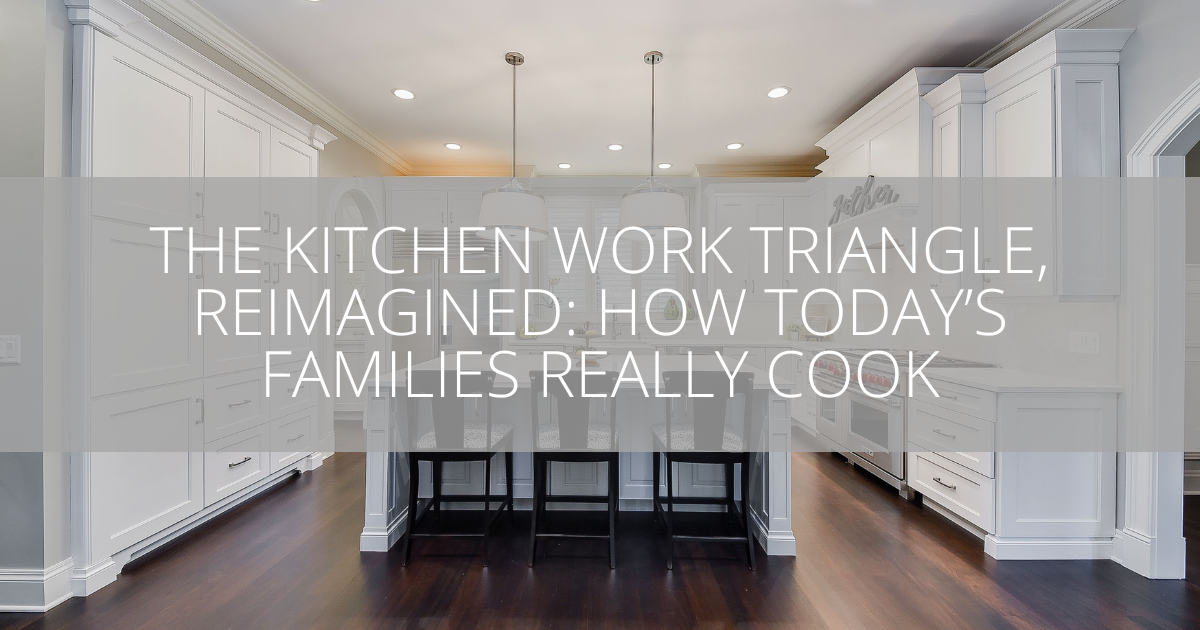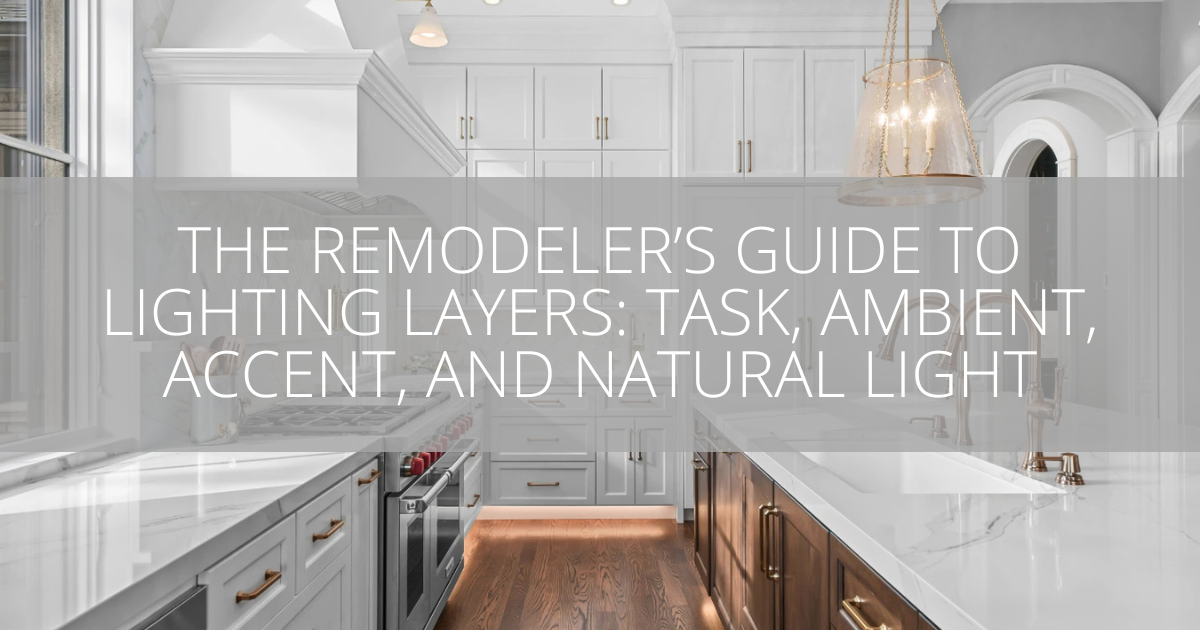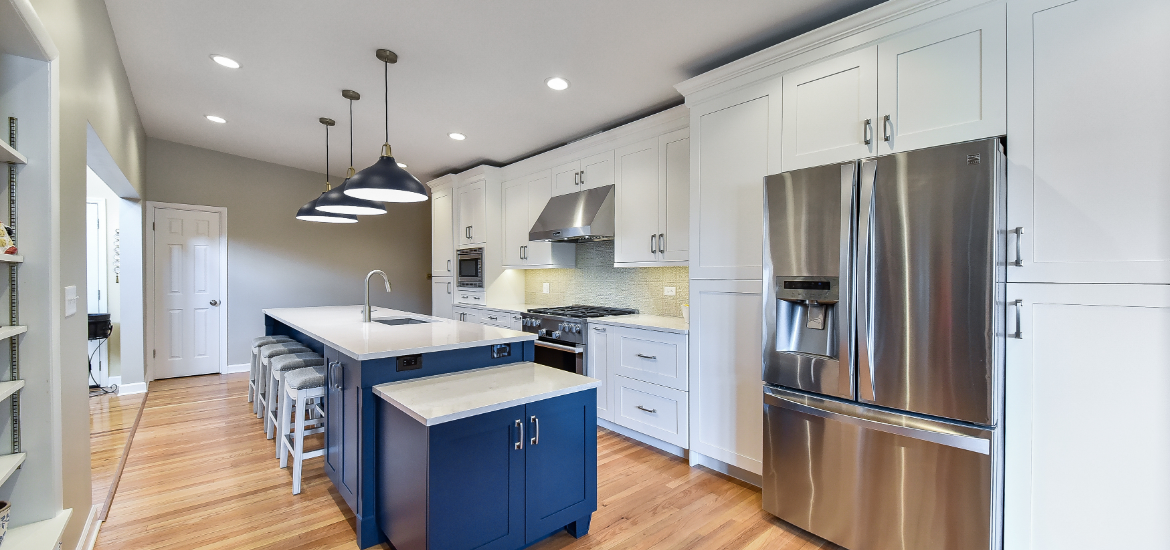
Introducing value-based floor plan adjustments vs. cosmetic upgrades
When you picture your dream home, what do you see? For some people, it’s a bright, open kitchen with plenty of space to gather. For others, it’s a cozy living room that finally feels connected to the rest of the house. And sometimes, it’s not about the layout at all—it’s simply about wanting a space that looks fresh, modern, and personal.
That’s where the big remodeling question comes in: should you move walls, or should you work with what you already have? At Sebring Design Build, we’ve seen homeowners wrestle with this decision again and again. Tearing down a wall can completely transform how a home functions, opening up sightlines and improving traffic flow. But new flooring, lighting, and finishes can breathe just as much life into a space—without the expense and disruption of structural work.
The answer isn’t the same for everyone, because every home and every family’s needs are different. Sometimes the bones of the house are the real problem. Other times, the layout is perfectly fine, and all you need is a cosmetic lift. The key is knowing when to invest in structural changes that create long-term value, and when to focus on surface-level upgrades that give you style and comfort right now.
In this post, we’ll walk you through the difference between value-based floor plan adjustments and cosmetic upgrades, showing you when to knock down walls, when to hold back, and how to get the most out of your remodel either way.
Value-Based Floor Plan Adjustments
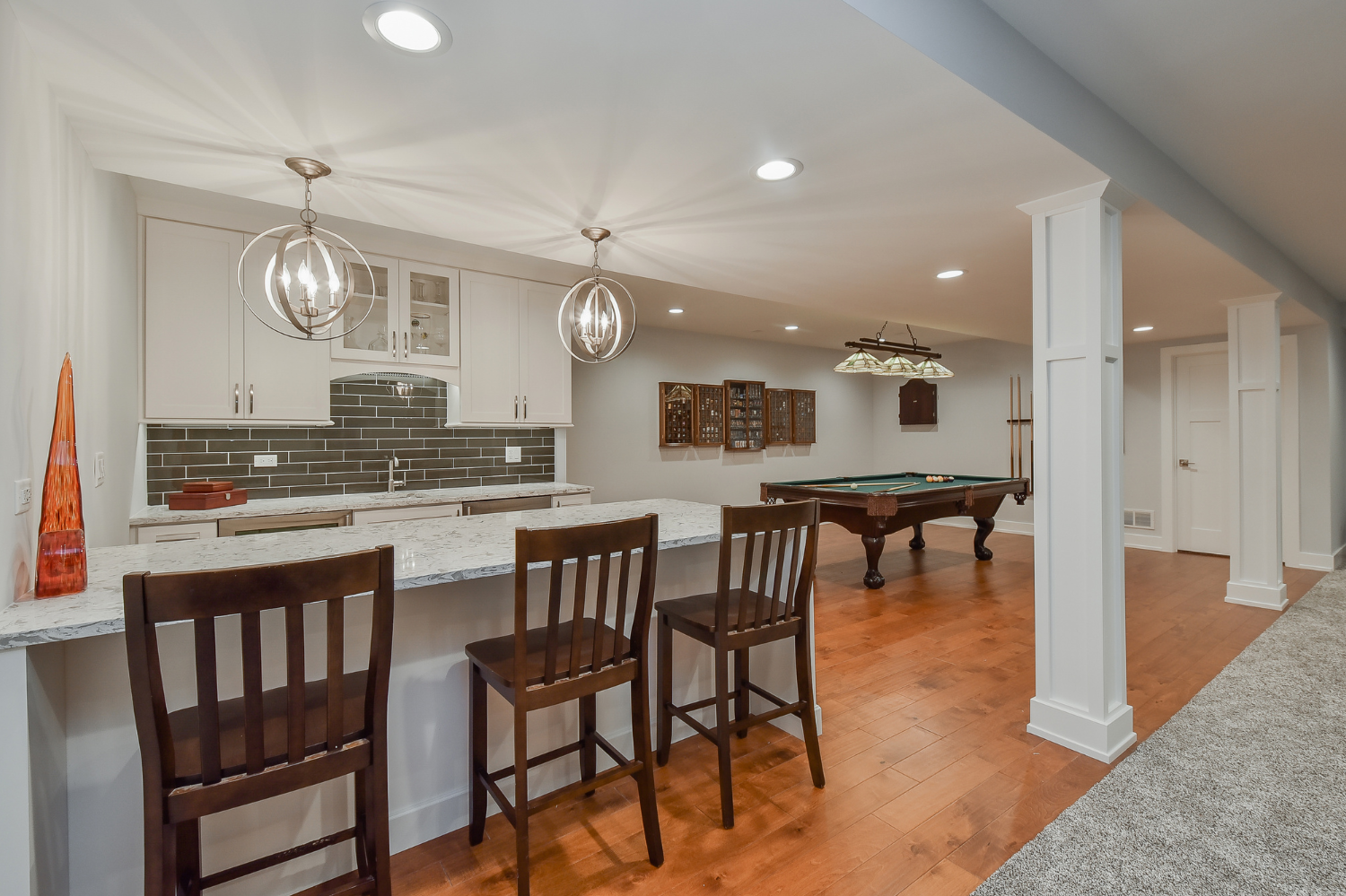
Let’s start with the bigger moves. Changing a floor plan by moving or removing walls isn’t just about aesthetics. It’s about function and flow. If your home feels chopped up, disjointed, or too tight for how you live, no amount of paint or new flooring will solve that problem.
A classic example is the kitchen that sits boxed off from the dining and living areas. Families today want connection; they want to cook dinner while keeping an eye on the kids in the living room or chatting with guests at the island. Knocking down the wall that separates those rooms transforms the way the home works. Suddenly, the space feels larger, brighter, and more modern. That change isn’t just cosmetic—it’s a fundamental shift in how the home supports your lifestyle.
Another reason to move walls is safety and necessity. During a remodel, sometimes we uncover outdated structural elements or walls that were poorly designed to bear loads. In these cases, changes aren’t optional. Reinforcing or reconfiguring the walls becomes part of creating a safe, functional home that meets today’s codes.
Value-based adjustments also come into play when you’re adding space. Maybe you’re finishing a basement, converting an attic, or building a primary suite addition. None of that is possible without creating or moving walls to define the new rooms. Cosmetic improvements alone can’t conjure square footage where it doesn’t exist.
There’s also a time horizon factor to consider. If you plan to stay in your home for many years, investing in a better layout makes sense. The upfront cost will be higher, but you’ll reap the benefits every day—better flow, more usable space, and a layout that truly supports how you live. And when the time does come to sell, buyers respond to homes that feel open and functional.
Cosmetic Upgrades
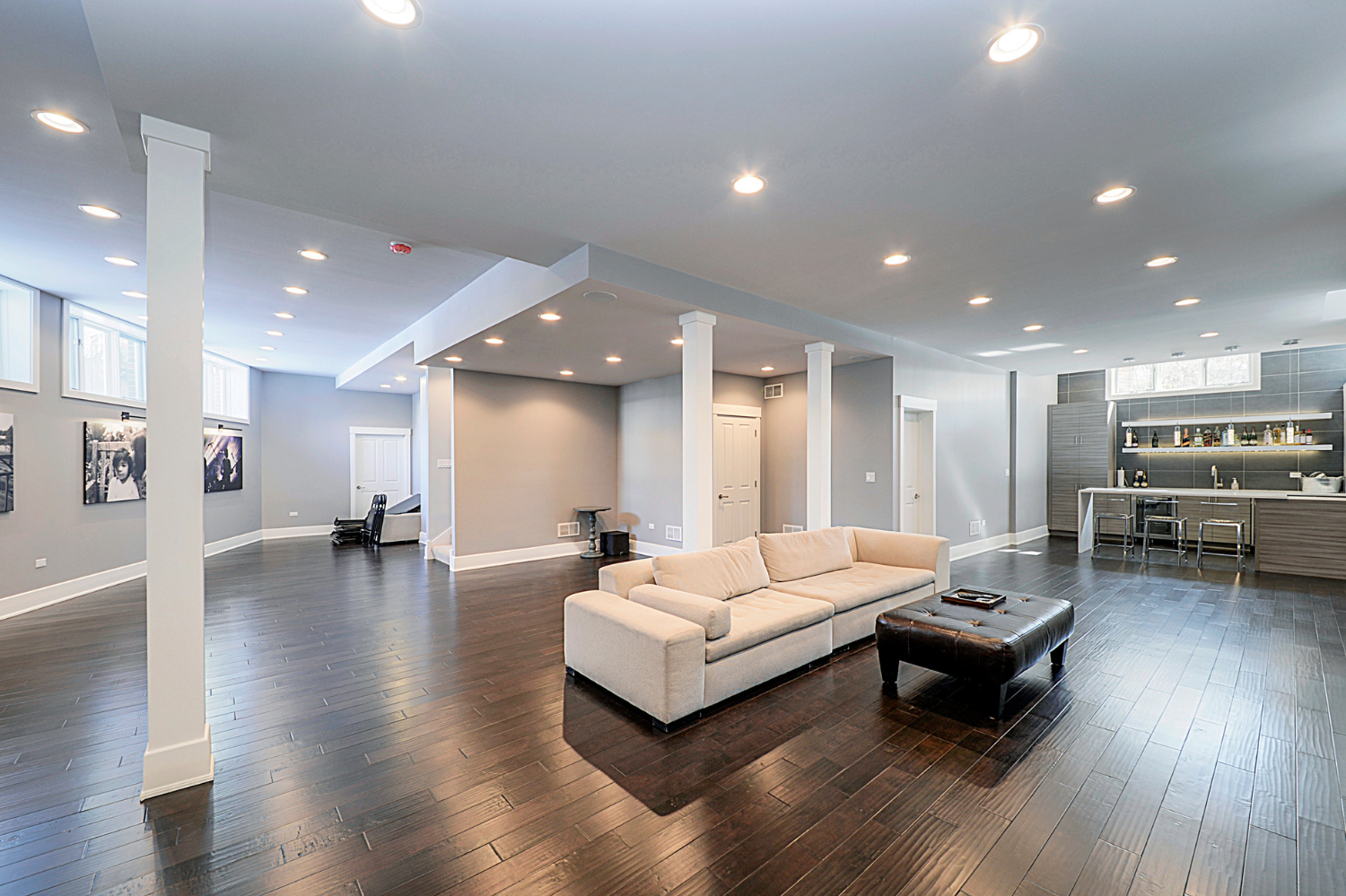
On the other hand, sometimes the bones of your house are already good. The flow works, the rooms are well-proportioned, and you don’t feel boxed in. In these situations, tearing down walls isn’t necessary. What you really need is a refresh. That’s where cosmetic upgrades shine.
Think about a kitchen where the layout makes sense, but the finishes are dated. The cabinets might be oak from the 1990s, the counters laminate, the flooring worn linoleum. You don’t need to move walls to love this kitchen again. Painting or replacing cabinets, adding quartz or granite countertops, updating the backsplash, and installing better lighting can make the space feel brand new. The structure stays the same, but the atmosphere transforms completely.
Cosmetic upgrades are also a smart choice when budget is a concern. Moving walls requires permits, structural assessments, and often engineering support. That means costs can rise quickly, especially if plumbing, HVAC, or electrical systems are involved. If you’re not ready for that level of investment, focusing on surfaces and finishes allows you to get noticeable results without the major expense. A few thousand dollars can sometimes deliver an incredible transformation.
Time is another factor. Cosmetic updates are generally quicker. If you want to refresh your home before hosting the holidays or before putting it on the market, new flooring, fresh paint, updated hardware, and stylish lighting can go a long way. Those touches personalize the space, make it feel current, and give you the impact you’re looking for without the dust and disruption of structural work.
For many homeowners, cosmetic upgrades also satisfy the desire for self-expression. Layout might not be the problem at all. Instead, it’s about style—making the house feel like it reflects your taste instead of a builder’s default choices. Whether that means a bold accent wall, statement lighting, or a custom built-in, cosmetic changes are often enough to create that sense of “home.”
Blending Both Approaches
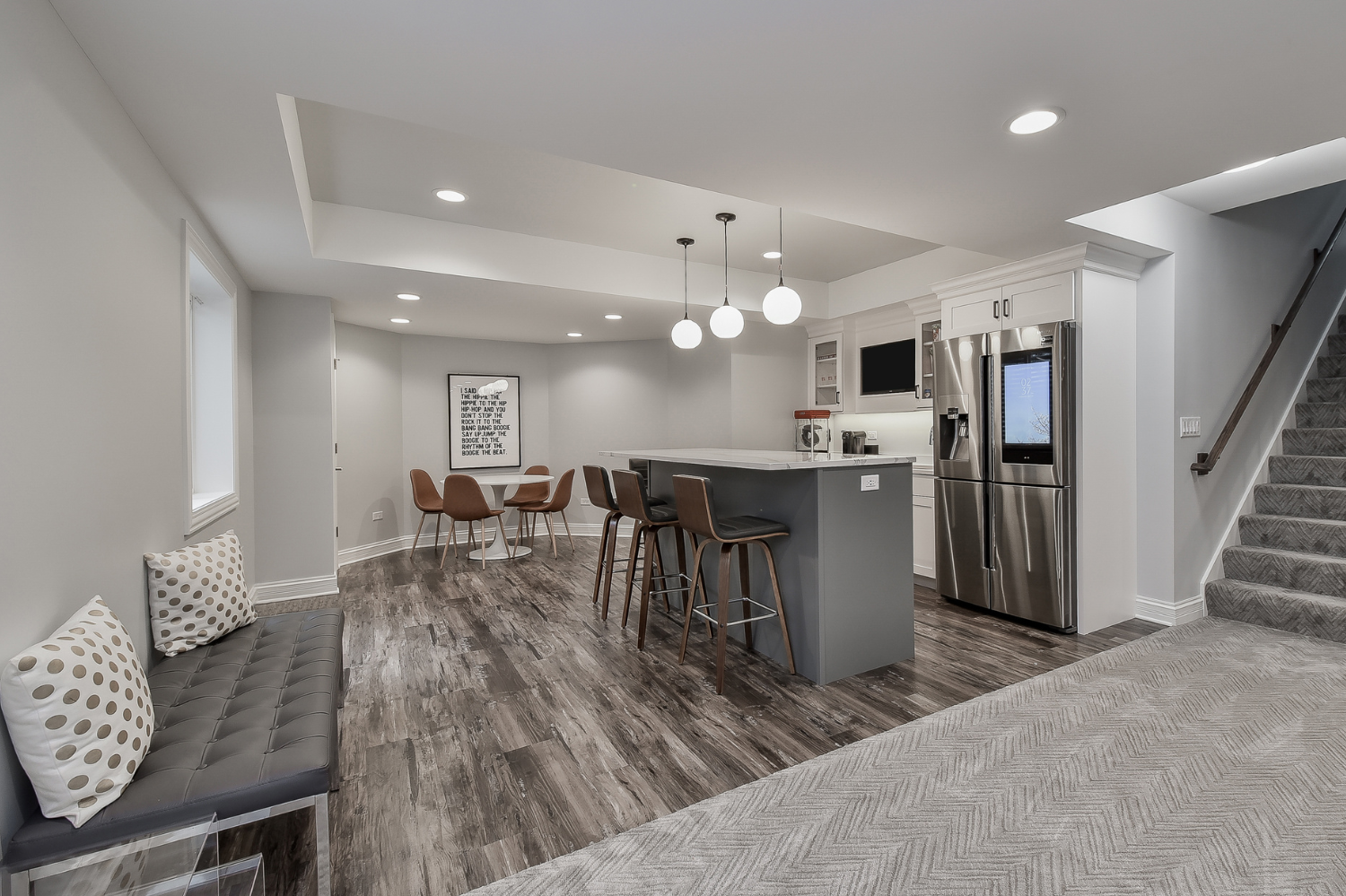
The most successful remodels often combine the two strategies. A structural change sets the stage, and then cosmetic upgrades finish the job. Imagine opening the wall between your kitchen and dining room. That change alone improves flow. But pair it with new cabinetry, quartz counters, hardwood flooring, and pendant lights, and now you’ve elevated both the function and the style.
The same is true in a master suite conversion. Combining two small bedrooms into one large suite is a structural decision. It gives you the space you want. But the magic happens when you add thoughtful finishes—perhaps a custom headboard wall, designer lighting, and a spa-inspired bathroom. The layout gives you functionality, while the cosmetic choices make it feel personal and luxurious.
Even in a basement remodel, the blend is essential. Framing new walls to carve out a home office or media room is the structural step. Choosing durable flooring, adding recessed lighting, and installing built-in storage is the cosmetic follow-through. One without the other would leave the project feeling incomplete.
The Cost Difference

Understanding cost helps clarify the decision. Moving a wall is not the same as painting one. Non-load-bearing walls might cost a few thousand dollars to remove, while load-bearing walls that require new beams or structural reinforcements can run tens of thousands. Every project is unique, but structural work is always the bigger investment.
Cosmetic changes, on the other hand, can be scaled to fit almost any budget. A modest refresh with paint, lighting, and hardware might cost a few thousand dollars. A more comprehensive update with cabinetry, flooring, and countertops will run higher, but still nowhere near the cost of structural work.
The key is to balance impact with investment. A poorly designed layout will always limit your enjoyment of the home, no matter how stylish the finishes. At the same time, a smart layout with outdated finishes still doesn’t deliver the experience most people want. The sweet spot is finding where structural improvements and cosmetic touches overlap to give you maximum return on your investment.
Questions to Ask Yourself
If you’re wrestling with whether to move walls or stick with cosmetic upgrades, ask yourself a few simple questions. Do you actually need more space, or do you just need to use your current space better? Is your frustration rooted in how the house flows, or in how it looks? What’s your budget, and how long are you planning to stay in the home? Are you making changes to improve your daily life, or to prepare the house for resale?
Your answers will point you in the right direction. If you’re constantly bumping into each other in the kitchen, no backsplash will fix that. If your living room works perfectly well but looks outdated, a new rug, new paint, and better lighting may be all you need.
Why Professional Guidance Matters
It’s tempting to treat remodeling like a weekend project, especially when TV shows make it look simple. But moving walls is never something to tackle without professional guidance. A wall might look like a partition, but it could be carrying the weight of the floor above. It could be hiding electrical wiring, plumbing, or ductwork. Without expert evaluation, you risk compromising safety and creating a chain reaction of problems.
At Sebring Design Build, we evaluate load-bearing vs. non-load-bearing walls, ensure code compliance, and coordinate with engineers when needed. We also help you think through whether a wall really needs to move, or whether a clever design solution could achieve the same result. Sometimes the answer is a combination of the two. Having a professional partner ensures that every dollar you spend works hard for you.
Final Thoughts
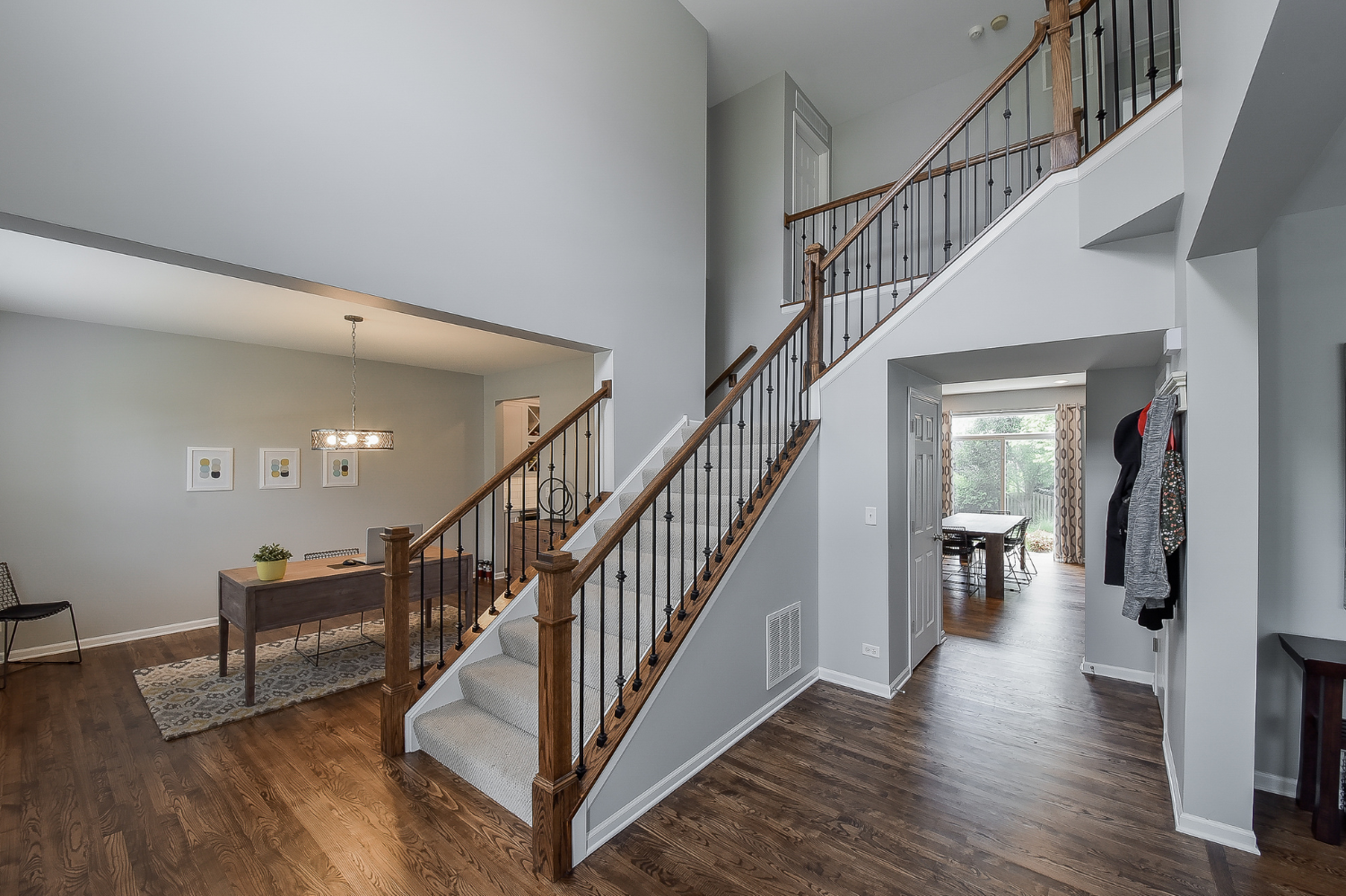
At the end of the day, the decision to move walls—or to simply trick out the space you already have—comes down to your goals, your budget, and the way you want to live in your home. Structural changes like opening up a kitchen or creating a true primary suite can completely reshape how your house functions and add significant long-term value. Cosmetic upgrades like new cabinetry, lighting, or flooring, on the other hand, are the quickest way to breathe fresh life into rooms that already have good bones.
There’s no one-size-fits-all answer, and often the smartest remodels use a combination of both approaches. What matters most is making sure your investment is intentional: every dollar should be working to improve not just the look of your home, but also the way it supports your daily life. That’s why working with an experienced design-build team is so valuable. With the right guidance, you won’t waste money tearing down walls that don’t need to move—or pouring money into finishes that can’t fix a broken layout.
If you’re ready to take the next step, Sebring Design Build is here to help. Our team has guided countless homeowners through this exact decision, balancing structural improvements with cosmetic updates to deliver homes that feel fresh, functional, and timeless. Whether you’re dreaming of an open-concept kitchen, a transformed basement, or a stylish refresh, we’ll help you choose the path that makes the most sense for you.
Let’s talk about your vision—contact Sebring Design Build today to start planning your remodel.

